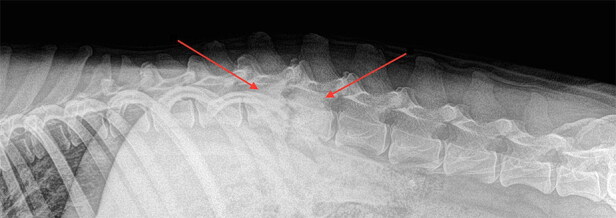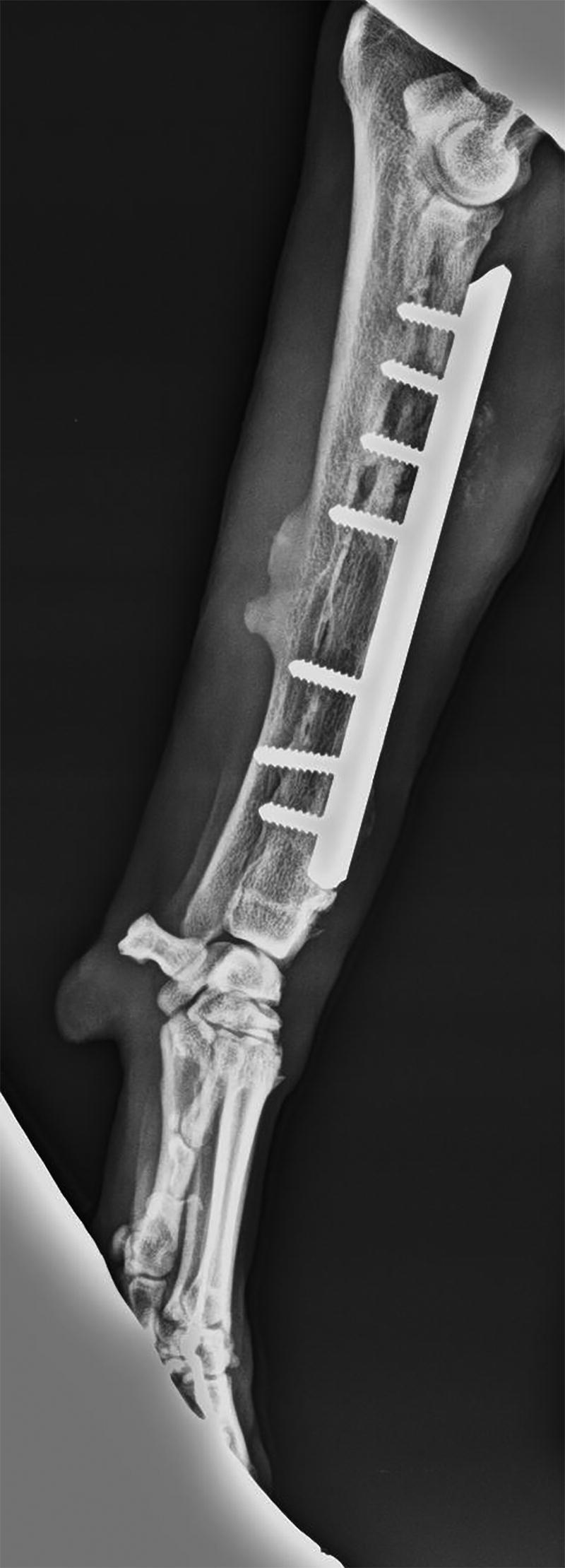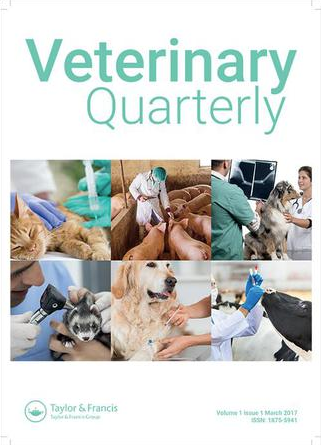Microbiological aspects of osteomyelitis in veterinary medicine: drawing parallels to the infection in human medicine.
IF 7.9
2区 农林科学
Q1 VETERINARY SCIENCES
引用次数: 5
Abstract
Abstract Osteomyelitis is a challenging infectious disease affecting humans and animals. It is difficult to diagnose because, in many cases, symptoms are non-specific and, for example in implant-related cases, can appear long time after surgery. In addition to this, it is also difficult to treat due to the need to find the appropriate antibiotic regime and delivery system to reach the site of infection and to avoid development of bacterial resistance. The central purpose of this review is to compare the microbiological aspects of osteomyelitis in human and veterinary medicine, with the aim of improving the microbiological diagnosis and treatment of this infection in animals. Furthermore, the study of osteomyelitis in animals may help to improve the development of animal models for testing new treatments in humans. Host factors and underlying conditions have been studied mainly in humans, although aspects as immunodeficiency have been described in some veterinary cases. Even when Staphylococcus aureus is still considered the most prevalent causing microorganism, this prevalence should be reviewed using molecular diagnostic techniques, and this could affect treatment options. New approaches to treatment include local delivery of antibiotics using different biomaterials, antimicrobial photodynamic therapy, and new antimicrobial compounds. We would like to remark the need of large, high-quality clinical trials and of the development of guides for the diagnosis and treatment of osteomyelitis in different animal species.


兽医骨髓炎的微生物学方面:将其与人类医学中的感染相提并论。
骨髓炎是一种具有挑战性的传染病,影响人类和动物。这很难诊断,因为在许多情况下,症状是非特异性的,例如在植入物相关的病例中,手术后可能会出现很长时间。除此之外,由于需要找到合适的抗生素方案和输送系统来到达感染部位并避免细菌耐药性的发展,治疗也很困难。这篇综述的中心目的是比较人类和兽医骨髓炎的微生物学方面,目的是改进动物骨髓炎感染的微生物学诊断和治疗。此外,对动物骨髓炎的研究可能有助于改进动物模型的开发,以测试人类的新治疗方法。宿主因素和潜在条件主要在人类身上进行了研究,尽管在一些兽医案例中描述了免疫缺陷等方面。即使金黄色葡萄球菌仍然被认为是最普遍的致病微生物,也应该使用分子诊断技术来审查这种流行情况,这可能会影响治疗选择。新的治疗方法包括使用不同的生物材料局部递送抗生素、抗微生物光动力疗法和新的抗微生物化合物。我们想指出的是,需要进行大规模、高质量的临床试验,并制定不同动物物种骨髓炎诊断和治疗指南。
本文章由计算机程序翻译,如有差异,请以英文原文为准。
求助全文
约1分钟内获得全文
求助全文
来源期刊

Veterinary Quarterly
VETERINARY SCIENCES-
CiteScore
13.10
自引率
1.60%
发文量
18
审稿时长
>24 weeks
期刊介绍:
Veterinary Quarterly is an international open access journal which publishes high quality review articles and original research in the field of veterinary science and animal diseases. The journal publishes research on a range of different animal species and topics including: - Economically important species such as domesticated and non-domesticated farm animals, including avian and poultry diseases; - Companion animals (dogs, cats, horses, pocket pets and exotics); - Wildlife species; - Infectious diseases; - Diagnosis; - Treatment including pharmacology and vaccination
 求助内容:
求助内容: 应助结果提醒方式:
应助结果提醒方式:


